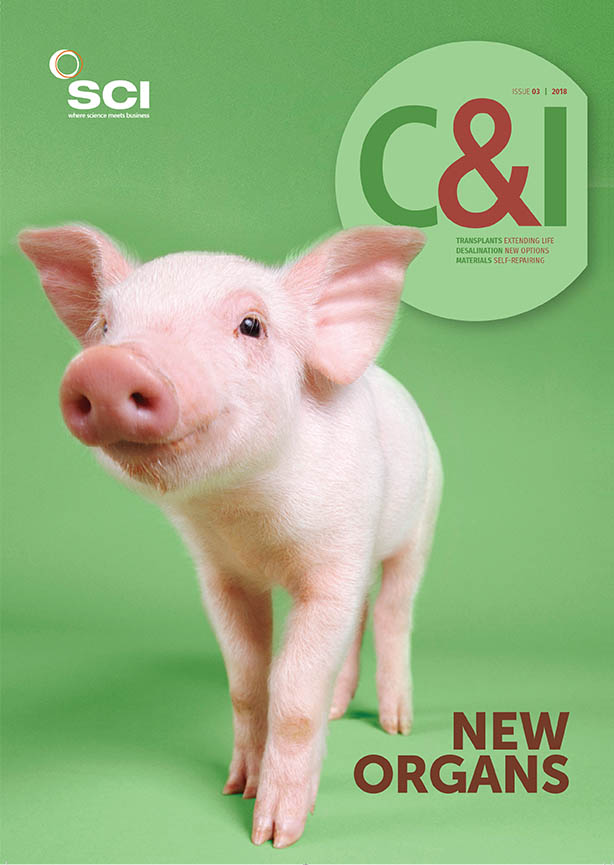Espresso coffee delivers a delicious punch. But making cups of coffee that taste consistently good every time depends on a large number of variables from grinding and packing the ground coffee, to water pressure and mineral chemistry, according to Christopher Hendon at the University of Oregon. Getting all these factors right would save a lot of money by reducing the amount of coffee beans used.
Picture: Charlie Litchfield/University of Oregon
Espresso, in fact, refers to a specific method of coffee extraction at high temperatures and pressures. However, inefficient extraction can waste up to 40% of the coffee puck – and impart undesirable flavours to the resulting beverage, Hendon said, speaking at the ACS meeting in New Orleans in March 2018: ‘If every single café in America were to implement the procedure, it would save the US $300m/year.’
Commercial coffee grinders prepare the coffee for extraction by pounding the beans into smaller particles with larger surface areas. However, below a certain particle size the small particles stick together which reduces extraction, Hendon notes. In addition, when making espresso not all of the coffee grounds come into contact with water equally, as the hot water drips mainly through the centre of the grounds.
At the World Barista Championships in 2014, Hendon was voted the world number six barista. Collaborating with other baristas, his group has proposed an optimised method – based on grinding size and brew ratio – to deliver the desired flavour profile consistently. His group is also collaborating with a company in Germany on a new design of what promises to be a more efficient grinder. ‘By predetermining the coffee-to-water ratio, as well as the water pressure, the maximum extraction can be systematically determined,’ he says.
Previous work by the team, meanwhile, has also explored how ‘hard’ water with high magnesium and calcium levels causes coffee to have a stronger flavour than ‘soft’ water, because Mg sticks to caffeine during the brewing process. High bicarbonate levels in hard water may also may give coffee a more bitter flavour. And freshness of the coffee beans is yet another factor affecting beverage quality, because of the evaporation of volatile flavour compounds during storage, which also explains why keeping coffee in the fridge extends its shelf life.
Beyond espresso, Hendon says that other coffee types could also benefit from a more scientific approach. As for any tips for preparing a consistent cup of coffee at home, his advice is to invest in a weighing scale. The mistake most people make is people don’t use enough coffee, he says, with around 20g per cup needed for the optimum flavour.
The average American drinks more than three cups of coffee per day, contributing to a $40bn industry in the US alone.





